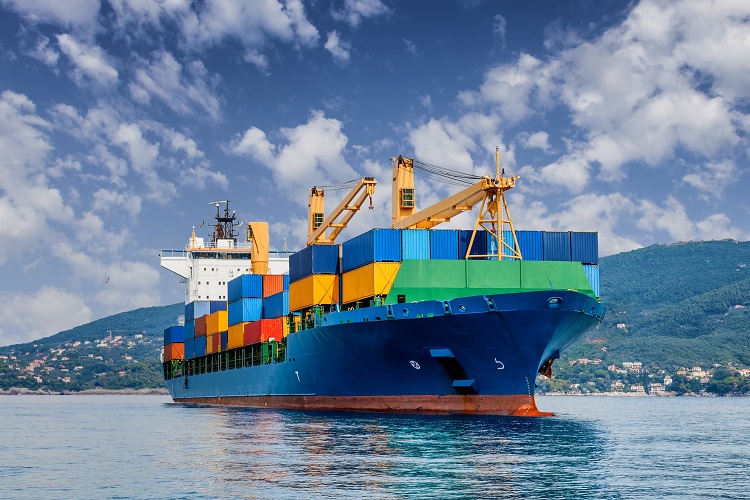India slightly decreased its Urals oil buying in April compared to record imports in March, while China increased its share of the Urals market, Refinitiv Eikon data showed and traders said.
Increased competition between the two buyers over the last month drove prices for Urals higher, priced as a differential to dated Brent.
However, FOB prices for the grade, which do not include freight and insurance, fell below the Western price cap of $60 per barrel last week as international benchmark Brent LCOc1 weakened, making purchases even more attractive for buyers in Asia.
India’s imports accounted for roughly 60% of Urals seaborne cargoes in April from some 65% in March, according to Reuters calculations based on available fixtures of the grade in Refinitiv Eikon and provided by two traders involved in Russian oil trade.
China’s Urals imports rose to 11-months high last month as Chinese refiners gained confidence in trade with Moscow.
They increased the country’s share in the seaborne Urals oil market to over 15% of the volume in April from about 10% in March, Reuters calculations based on the data showed.
About 10% of April-loading Urals cargoes do not yet have clear destinations, which could increase volumes to either India or China.
Clarity on Urals shipments is further complicated by ship-to-ship (STS) facilities, which are still being used in Europe, according to Refinitiv data and the traders. At least three Urals oil cargoes loading in April were shipped to STS facilities near Greece and Spain, the data showed, meaning their final destination was uncertain.
The third biggest importer of Urals oil in April was Turkey with about 6% of the market, while Bulgaria, the only European Union, which is allowed to import Urals oil via sea, accounted for 4% of the volumes.
Source: Hellenic Shipping News




